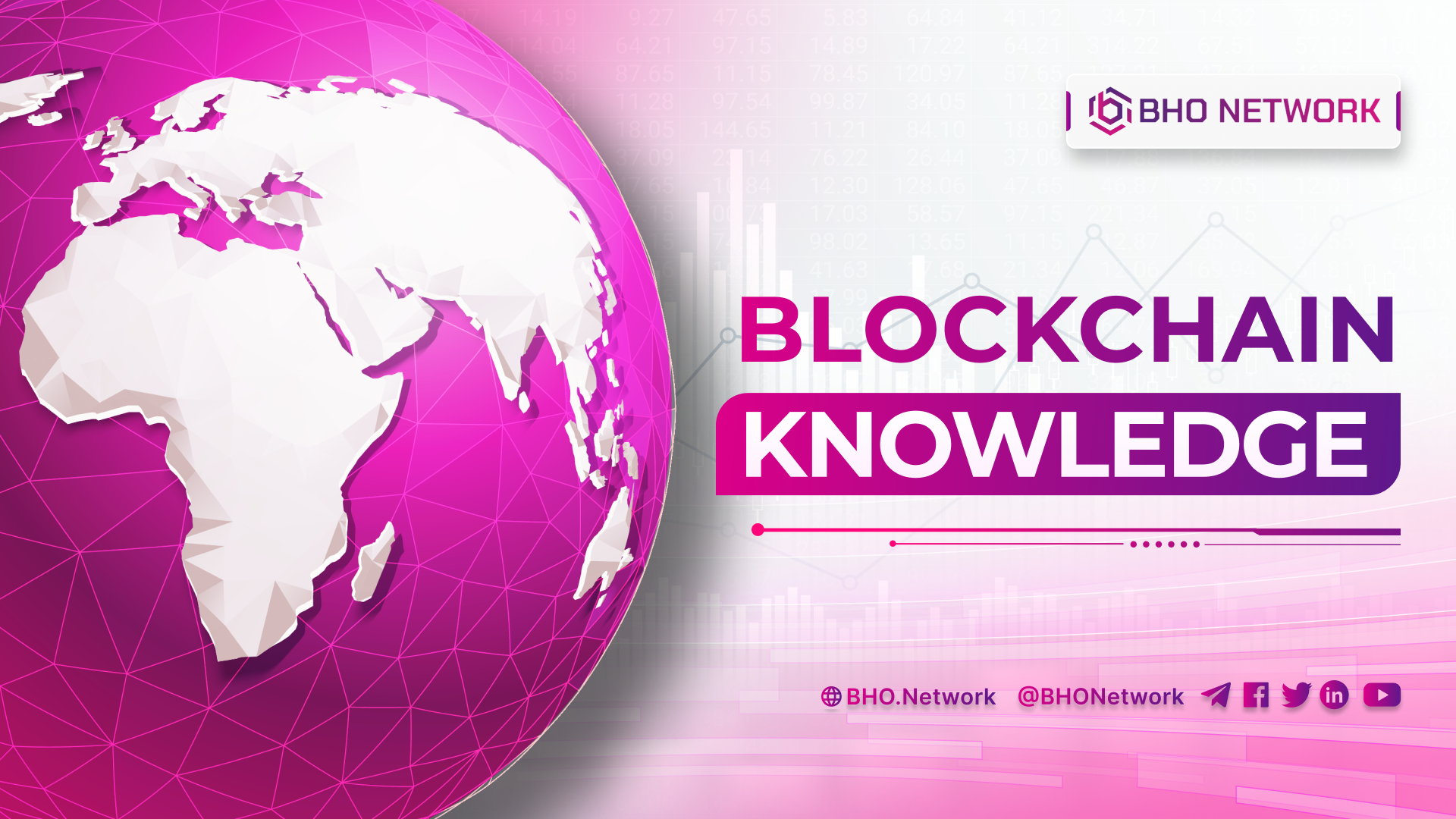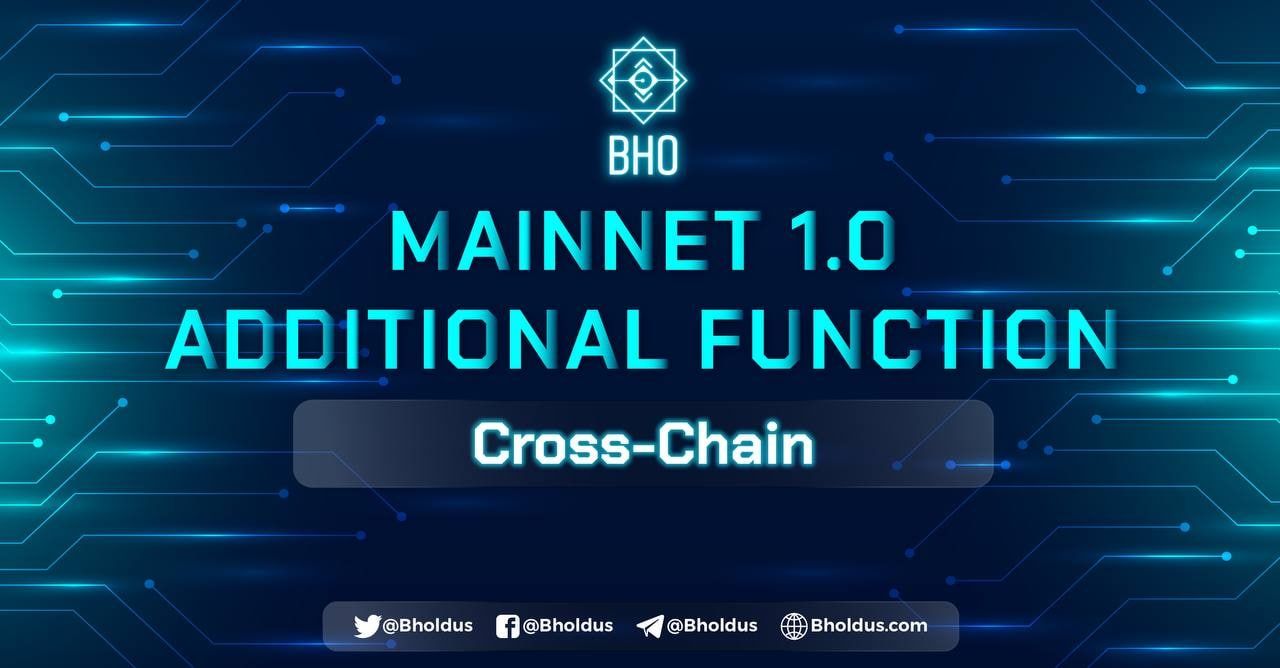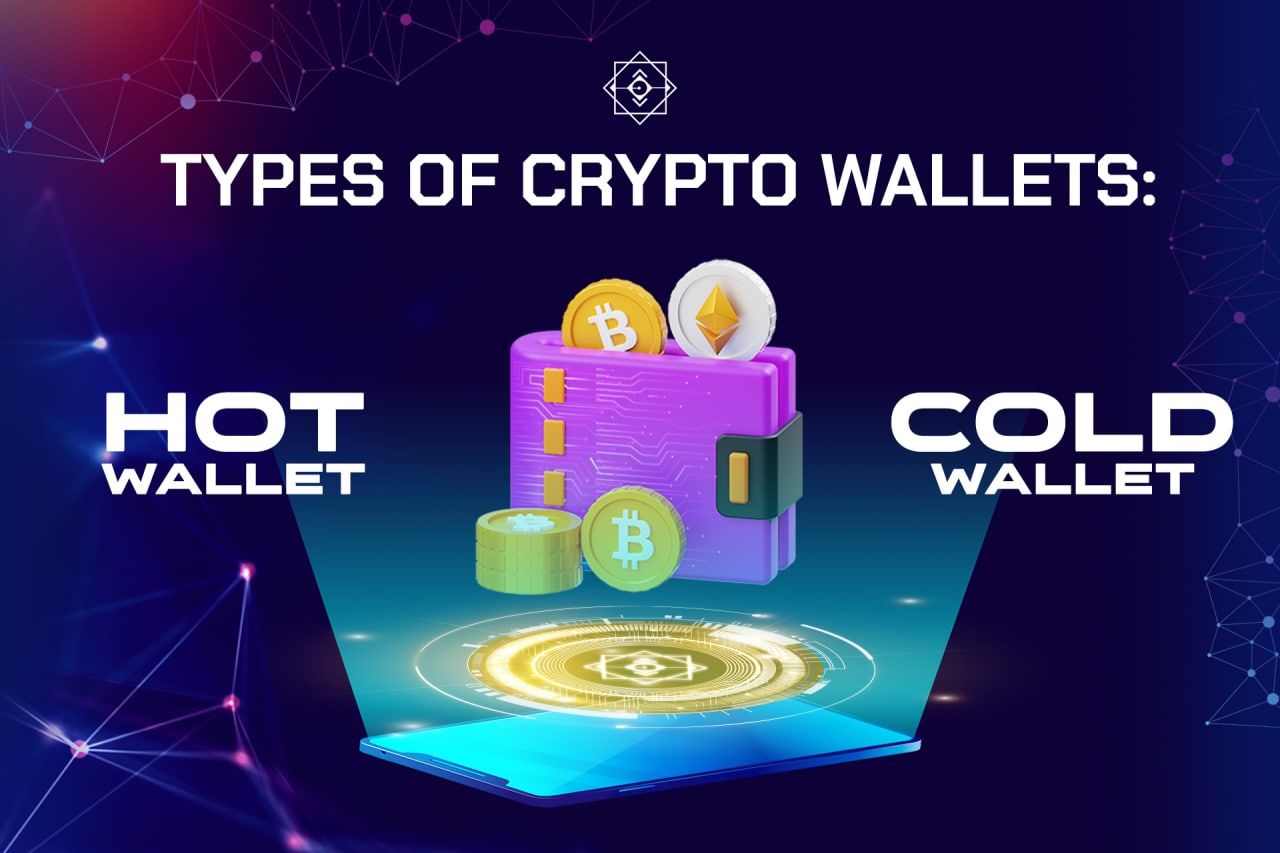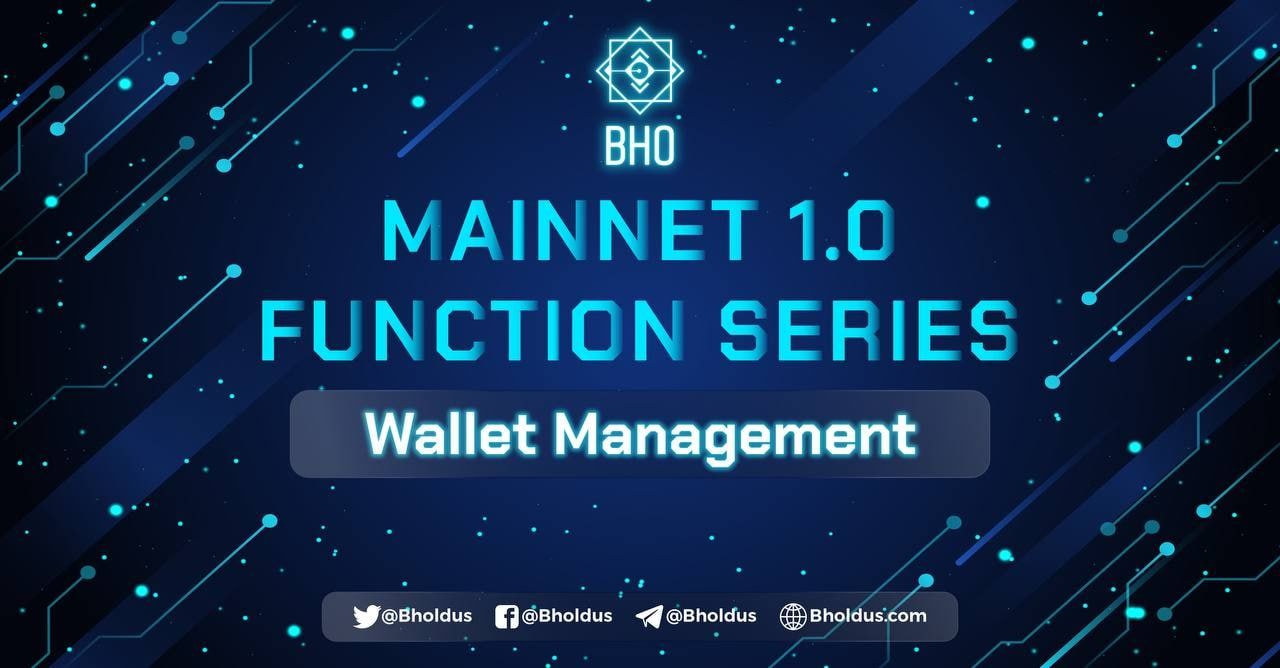- Blog
- Crypto News
- What exactly is the new trend “DAO” in 2022?
What exactly is the new trend “DAO” in 2022?
Can you imagine a way to organize with other people around the world, do not know each other but establish corresponding rules, and make your own decisions autonomously, all of which are coded on the blockchain?
DAO is making this a reality.
Recently, some DAOs have begun to attract the attention of more traditional investors, including billionaire Mark Cuban, who called them the “ultimate combination of progressiveism.” The venture capital firm a16z has also led multi-million dollar financing in personal DAOs and companies that support the creation of DAOs.
As Messari predicts that DAO will become the “next megatrend” in the field, you may wonder what exactly is DAO?
Today, we will explain it for you.
So, what is DAO?
The full name of DAO is Decentralized Autonomous Corporations, which means decentralized autonomous organization.
To understand DAO, you first need to understand the technology behind it. Most DAOs rely on blockchain technology and smart contracts, which are collections of codes that run on the blockchain.
We know that in traditional organizations, there is usually a hierarchical structure: a formal board of directors, executives or senior management decide the structure and have the power to make changes.
DAOs are decentralized, which means that they are not managed by individuals or entities. The rules and governance of each DAO are encoded in smart contracts on the blockchain, and they cannot be changed unless they are voted and approved by DAO members. Members of each DAO can vote on the decision together, instead of a minority having a majority voice, usually voting on an equal basis.
For DAO, the blockchain can act as the backbone, maintaining the structure and rules on each chain. The birth of a DAO must have three basic elements:
- Having clear organizational goals and culture (mission, vision, and values) that can be communicated to others.
- There is a set of rules for the founding, governance, rewards, etc that can be agreed upon by all parties involved. Moreover, these rules are recorded on chains using Blockchain technology.
- Users can stake their Tokens to receive full rewards.
DAOs are not new, but they are becoming more and more mainstream. Next, let’s break down how they work and whether they are safe.
DAO operation and safety issues
The DAO needs the following elements to be fully functional: a set of operating rules, funds such as tokens that an organization can use to reward certain activities of its members, and voting rights to establish operating rules. In addition, and most importantly, it is a good and safe structure.
A potential problem with the voting system is that even if a security hole is discovered in its initial code, it cannot be corrected before the majority vote. During the voting process, hackers can use the loopholes in the code loopholes to attack.
In May 2016, German startup Slock.it launched the creatively named “The DAO” to support their decentralized version of Airbnb. At that time, the crowdfunding campaign was a huge success, raising more than 150 million US dollars worth of Ethereum .
Unfortunately, there are some problems with the code they use in DAO. Inevitably, in June 2016, hackers attacked the DAO based on these vulnerabilities. The hacker obtained 3.6 million ETH , which was worth about 50 million U.S. dollars at the time.
This has triggered a large-scale and controversial debate among DAO investors. Some people have proposed various ways to solve the hacking problem, while others have called for the permanent dissolution of the DAO.
At that time, DAO was built on the Ethereum network, using smart contract algorithms to ensure its governance structure and economic incentives. In order to prevent cyberattacks, the Ethereum blockchain has undergone a hard fork, resulting in the split of Ethereum into two different blockchains-today’s Ethereum, where stolen funds are withdrawn and returned, and Ethereum Classic, the original zone The blockchain continues to operate, and the funds hacked are never recovered.
This is still known as one of the largest hacking attacks in cryptocurrencies, exposing the risk of DAO and weakening the trust of investors.
According to IEEE Spectrum, DAO is vulnerable to programming errors and attack vectors. In fact, the potential consequences of the organizational structure may be many, and investors worry that they will be held responsible for the actions taken by the DAO as a broader organization.
How to use DAO today?
So far, DAO has been used in many scenarios, such as investment, charity, fundraising, lending, etc. , all of which have no “intermediary” involved.
For example, a charitable DAO can accept donations from people from all over the world, and members can decide how to use the donations; a freelancer network DAO can create a network of contractors who use funds for office space and software subscriptions; venture capital DAO can create a venture fund, pool investment capital and vote for venture capital, and the money repaid can be redistributed among DAO members.
In the past two years, due to the explosive growth of decentralized finance (DeFi), people’s interest in DAO has re-heated.
What is the future of DAO? As of mid-2020, the originally envisaged DAO has not yet been restored. Nevertheless, people’s interest in decentralized autonomous organizations as a broader group continues to grow.
The DAO also needs to overcome many potential regulatory and legal challenges, especially in the United States. There are several unknowns about how the potential legal framework in the United States affects the DAO and how they operate.
Although there are many lingering concerns and potential problems in terms of legitimacy, security, and structure, some analysts believe that this type of organization will eventually stand out and may even replace traditionally structured enterprises.
Published on February 24, 2022
Tagged topics







